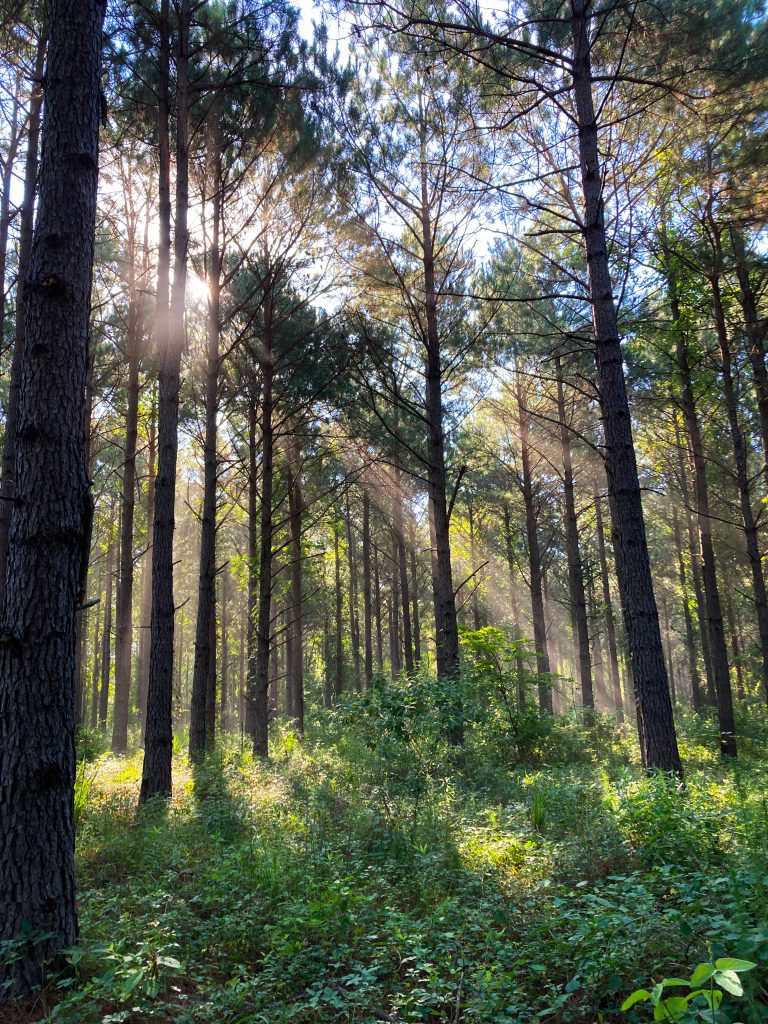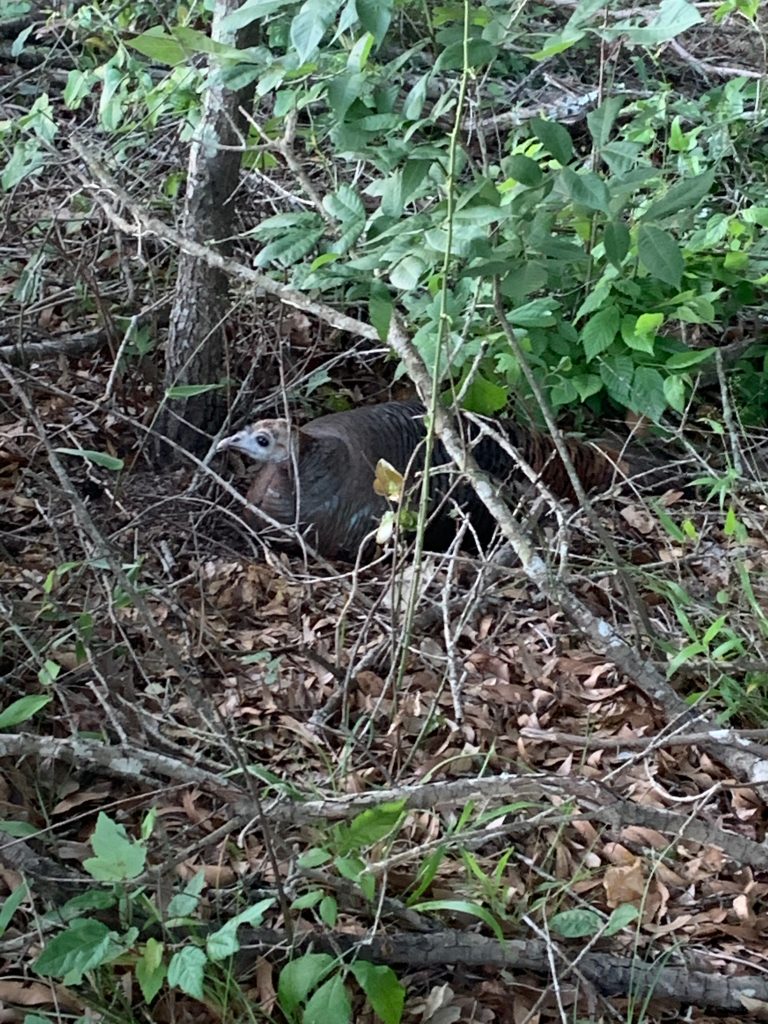Back to BioSpeaking
As everyone reading this knows, the wild turkey represents one of the most interesting conservation and management conundrums in recreational harvest of game species, in that wild turkeys are one of the few species that we hunt before or during the period that they are also attempting to breed and reproduce.

Even now, as you read this, across the United States, turkey hunters are in varying stages of hunting seasons, while the thoughts of turkey scientists and state agency managers are asking the ever-important question, “How is reproduction going to be this year?”
A Delicate Balance
When thoughts of spring turn to wild turkeys in the woods, the big question from the hunting community generally hinges on the number of adult males that will be available for harvest. Underlying the simple question of “how many gobblers are you seeing in your area,” is really a complicated system that is attempting to balance reproductive output from two years ago with survival of males over the three previous years, each of which impacts harvest this year. So, hunters should really be asking, “What was the harvest rate of males the last few years, and how was the turkey baby making two years ago?” Fortunately, our state agency colleagues collect brood survey data across a broad swath of the country, so we have a moderately useful index of annual production each year, and with all the banding and tagging projects in the U.S. currently, we have a really good idea of male harvest rate — we shoot about one of every three adult males on the landscape each year in the Southeast, as an example.
Producing Poults
Having a poult-per-hen index and knowing what makes that index fluctuate each year is probably the most interesting and perplexing question that managers and scientists focus on each year. Across the compendium of turkey science, the primary focus is and remains getting more nests to hatch so we can get more poults recruited into the fall population. Thousands of hours of effort have been put on the ground evaluating what successful nests look like, what type of vegetation they are in, how they differ from unsuccessful nests; in fact, these types of studies crop up on an annual basis all across the U.S. – I have several going on right now. As a general rule, here is what the last 40 or so years of nesting ecology science have shown: about 75% of nests fail each year, but there can be a lot of variation year to year. The majority of females select nest sites that have some sort of screening vegetative cover, but it does not seem to impact whether a nest is successful or not. How a female behaves (moves around in her range) during the nesting period can increase the rate at which nests succeed, and certain species that depredate females and nests avoid certain areas that females select to nest in. Finally, between 60-75% of the successful nests each year are initiated (meaning the female started incubation) between the April 10-20 in the Southeast.

I want to hone in a bit on the last two points I made as I think they bring some clarity to the concept of habitat conservation and usable space for wild turkeys. I think that we all broadly agree that nest success has long been associated with good vegetation management, but, the idea that good vegetation management is a driver for reduced nest loss by excluding specific predatory species (bobcats, coyotes, foxes, owls) is something that I think we tend to gloss over, especially when we consider that early nests (60-75%) represent the vast majority of successful nesting attempts. What I think is happening is that early nesting females are selectively using areas that are optimized for both good wild turkey cover (turkeys like the vegetation) and exclude potential predator species (predators don’t like the vegetation), which then leads to higher nest success for earlier nesting turkeys. To top that all off, good usable space then bleeds over to brood survival, which is super important, as only about 7% of females that hatch a nest also raise a successful brood, and those earlier broods from earlier nests look to have about a 15% higher brood survival rate … but more on that in the future.